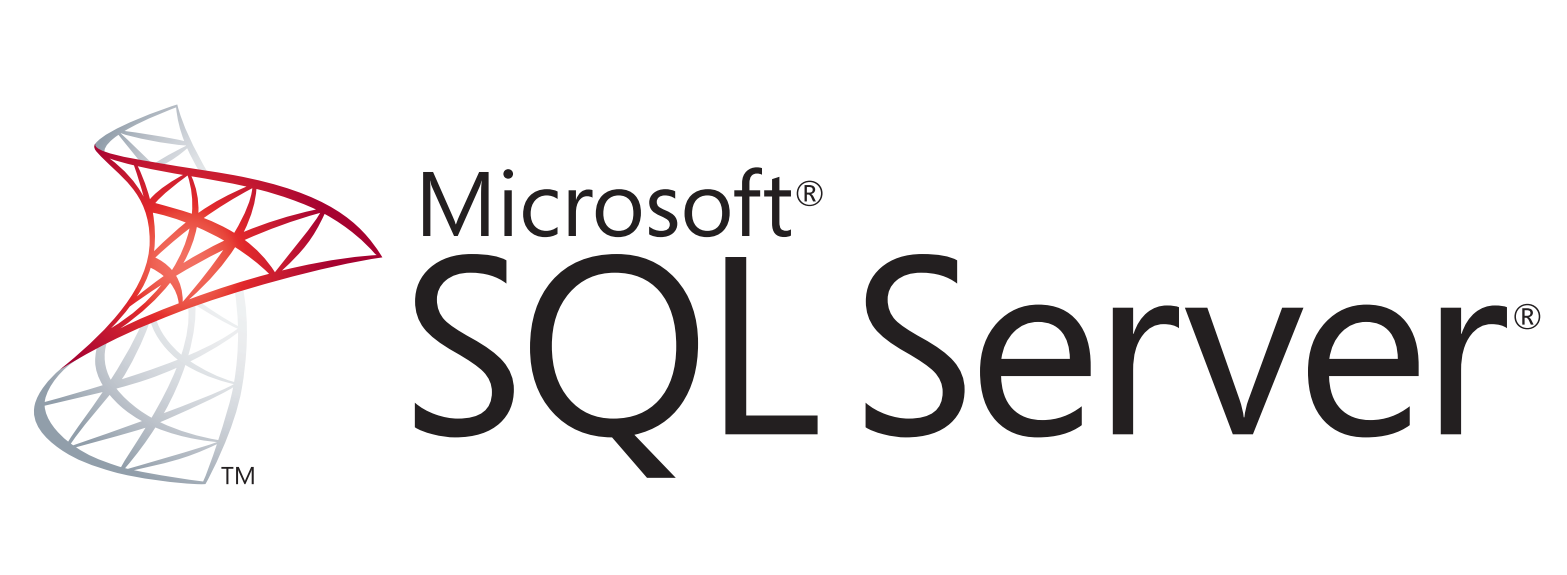
For installing SQL Server check out the below link:
Installation of SQL Server 2012
Database:
A database is a special software that is designed to manage the data.
In between, the '60s and 70's, the concept of databases was born mainly to resolve the problems or drawbacks that we are facing with the older data storing systems like books, flat files etc.
A database has given a permanent solution for all existing problems we were facing earlier.
SQL Server is a collection of databases where a database is again a collection of various objects like Tables, Views, Stored procedures, Triggers, Indexes etc.
Databases are divided into two types:
1) System Databases
2) User Databases
System Databases:
These databases are used by SQL for the functionality of SQL Server and without these databases, the server will not function.
Users of SQL Server are not given direct support for updating the information under system databases,
The system databases consist of databases
- master
- model
- msdb
- tempdb
- Resource

master
This database records all the system level information associated with SQL Server.
model
This database is used as a template for all new databases created on SQL Server.
In simple words, whenever we create a new database then a copy of the model database is created with the user-defined name.
msdb
This database is used for recording or storing information about alerts, jobs etc.that are performed by SQL Server agent.
tempdb
This database is used as a workspace for holding the tables that are created under various databases.
Upon restart of SQL Server, the tempdb is destroyed and again will be recreated.
In this case, we may not find any temporary tables that are created before the restart.
Resource
This is a hidden, read-only database that contains system objects that are included with SQL Server.
System objects are physically persisted in the Resource database, but they logically appear in the sys schema of every database.
User databases:
These are the databases created and managed by the users for storing their objects like Tables, Views, Stored procedures, Triggers, Indexes etc.


%20in%20Java.png)



